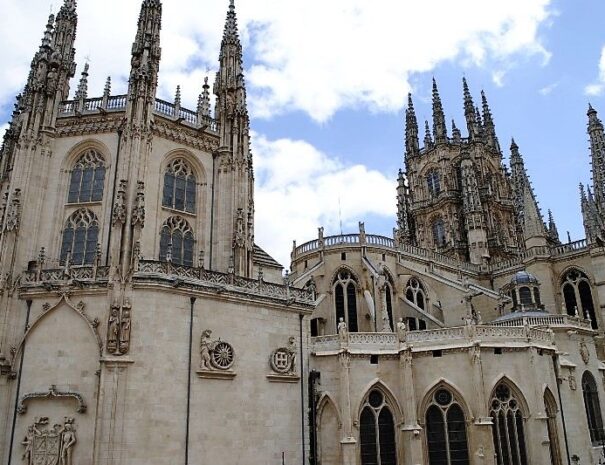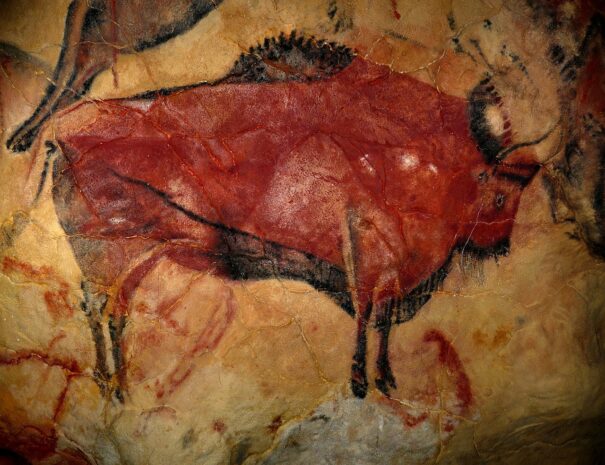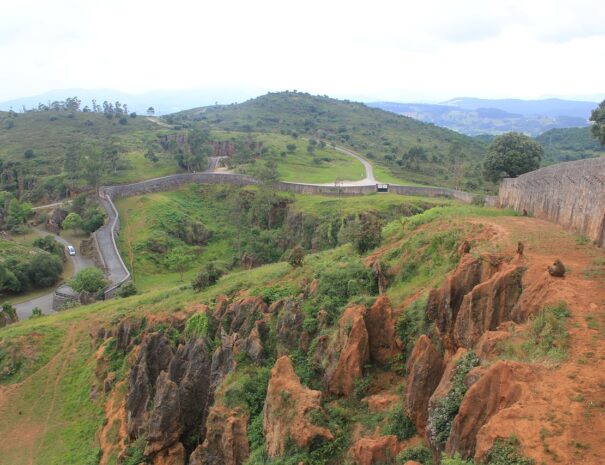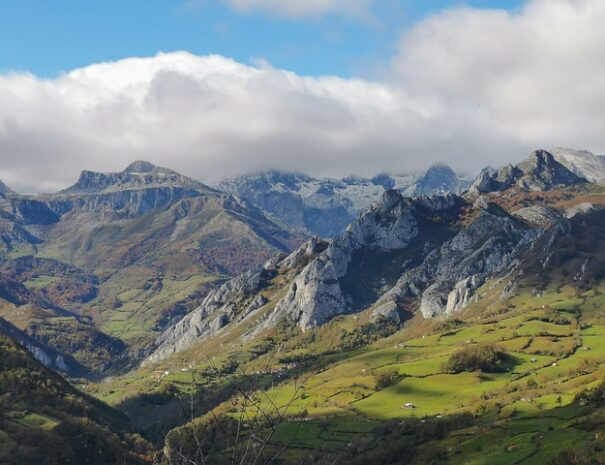Cíes Islands
Cíes Islands: amazing, secluded islands off the coast of Galicia
The Cíes Islands are a group of small islands of the coast of Vigo, Galicia in northwest Spain. The archipelago was declared a Nature Reserve in 1980 and was included in the Atlantic Islands of Galicia National Park of Spain created in 2002, one of the 15 national parks you can find in Spain.
The Cíes Islands are home to one of Spain’s most spectacular beaches, Rodas Beach however, the are no cars on the island, no hotels, and visitor numbers are strictly limited to preserve the local environment.
The Spanish national park authority establishes a series of strict rules that all visitors must follow when visiting the islands: No leaving trash, stick to the established hiking routes, no campfires, no loud music, no fishing, no unauthorized camping, no harming the animals, no removing shells or sand, stones or plants from the island.
The number of visitors and tourists is limited to 2,200 visitors a day, which allows the ecosystem to remain relatively untouched and at the same time allow people to enjoy the immense natural beauty of the archipelago.
The island chain consists of 2 main islands and several tiny surrounding islands. The northernmost island is known as Monteagudo or North Island, and the southern island is known as Montefaro, Lighthouse, or Middle Island. Together they cover around 4.5 sq km.
Cíes Islands
How much does the ferry to Islas Cies Cost?
The archipelago is only accessible via ferry. There are several ferries to choose from that leave from different ports: Vigo, Cangas, Sanxenxo, Portonovo, and Baiona. They run daily in Easter week and June-September, plus weekends in late April, May, and October. The ticket costs €17,50 for adults and kids under 12 ride for free.
It is important to mention that visiting the Cíes Islands requires a permit, which can be bought online with a campsite booking.
Beaches of the Cíes islands. Playa de Rodas
The main attraction of the island is the Playa de Rodas, and it is the beach that attracts most visitors to the islands. This secluded and immensely beautiful stretch of sand joins the two main islands. Playa de Rodas is widely considered one of the best beaches in all of Spain.
But the Cíes Islands are also home to a handful of other wonderful and lesser-known beaches. The protected coves of Praia de Nosa Señora or Praia das Figueiras are smaller, but spectacular all the same, and the chances of you being able to enjoy them all to yourself is very high.
Islas Cies Trails
Since the beaches attract most of the attention of visitors to the islands, the hiking trails feel even more untouched, remote, and secluded. There is a winding network of well-kept and signposted trails that traverse the main islands.
The two best and most rewarding trails are the paths that take you up to Monte Faro, the highest of the island’s three lighthouses (at 175 meters), and the trail that will take you to the panoramic viewpoint of Alto do Principe (111 meters). Both can get steep, but both are easy, even for the most inexperienced hikers.
Where to stay
There is just one place on the whole archipelago, where guests are allowed to spend the night, Camping Islas Cíes. The camping grounds offer clean shower blocks, a well-stocked shop, and exceptionally friendly staff. You can choose to stay in one of the bungalows they offer or you can pitch your own tent.
Activities on Islas Cíes
At the camping site, they offer several different activities for adults and children alike. You can choose from.
- Snorkeling lessons (€30)
- Kayaking (€35)
- Stargazing (6€)
- Boat trips the archipelago’s third island Isla de San Martiño.
- For kids, the campsite organizes free children’s activities every morning and evening.
Where to eat
There are three restaurants on the islands that offer a wide variety of daily caught seafood including sea bass, monkfish, sea bream, tuna mackerel sardines, and turbot.
The man dish comes out to around €14-18, which is pricey but not crazy. If you can pack your own food.
Video tour of the Cíes islands
More interesting things in Northern Spain
A trip to Northern Spain offers many things you would typically not expect of Spain. The North offers a deep contrast with Southern Spain. Green landscapes, less tourists, fantastic gastronomy….

Burgos Cathedral
Check out our full guide to the world famous Burgos Cathedral, one of the most spectacular gothic-style cathedrals in Spain, and perhaps the world. … Read More

Caves of Altamira in Cantabria
Check out our guide to the famous Caves of Altamira in Cantabria. These spectacular caves feature some of the oldest cave painting ever found. … Read More

Cabarceno Park in Cantabria
Check out our guide on Cabarceno Park, a beautiful nature park in Cantabria in northern Spain, home to over 120 species that live freely in the park … Read More

Picos de Europa National Park
The Picos of Europa National park is located in Northern Spain and spills over into three different regions: Cantabria, Asturias and León. The Picos de Europa are an abrupt and imposing group of mountains, that at their closest, are just 15 km from the ocean. Within this natural fortress there are forests, lakes and hidden villages with centuries old traditions.
This legendary area of Spain became a national park in 1918 and spans over 67.000 hectares. … Read More
